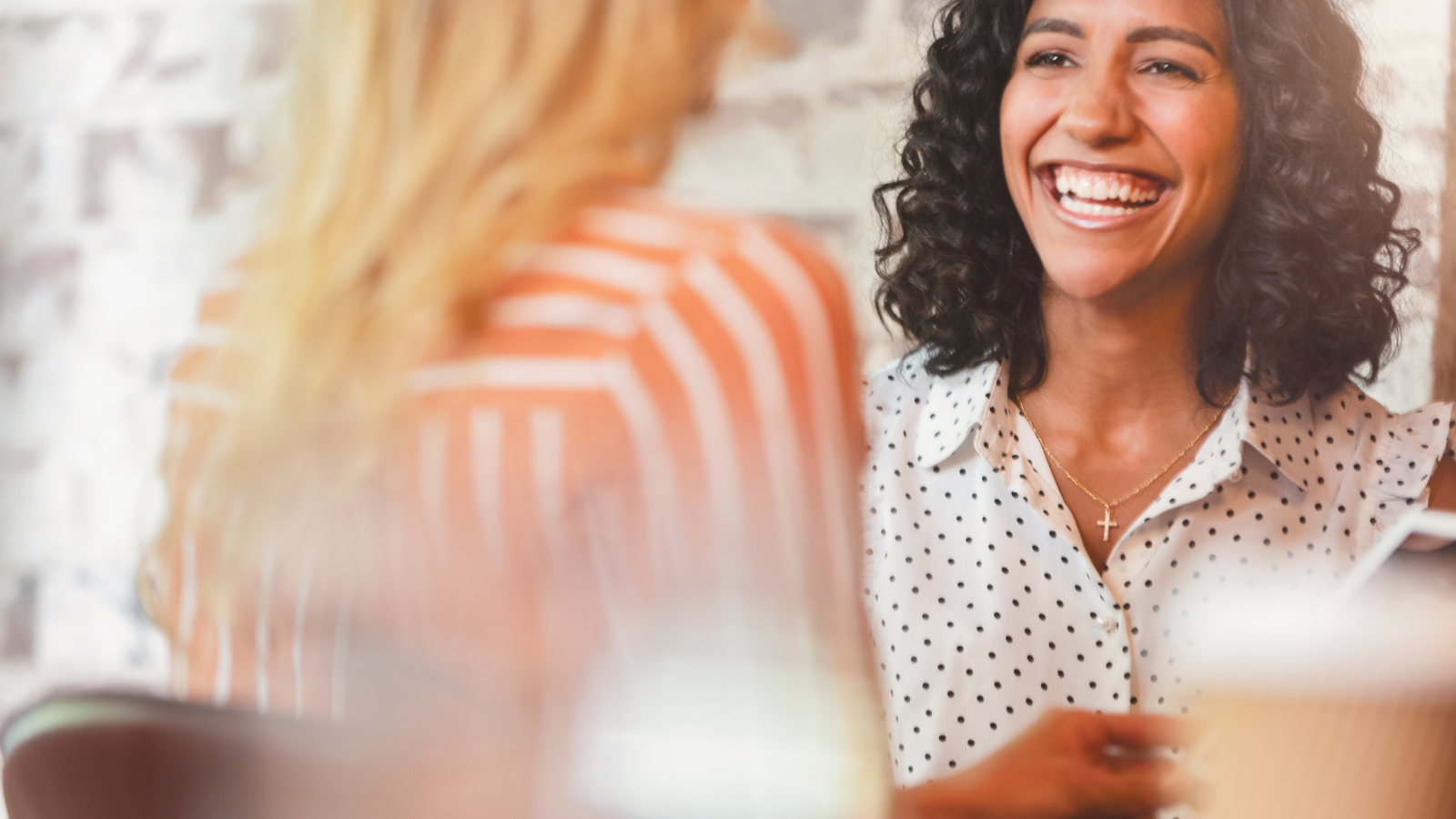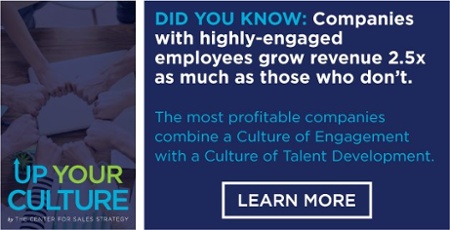
When a company consistently hires and invests in people who have the innate talent for excellence in a specific job role, both the individual and the company grow.
We’ve paid very close attention to the highly talented people who have not worked out in their jobs, often probing to learn more. We wanted to know what kept them from fully activating their talents and reaching their potential.
In almost every case, it was a clear lack of engagement.
 Employee Engagement is a huge buzz word right now! So it’s important to understand what it really means and why it’s imperative if you want to attract highly talented people, turn their talent into performance, retain them over time, and grow as an organization.
Employee Engagement is a huge buzz word right now! So it’s important to understand what it really means and why it’s imperative if you want to attract highly talented people, turn their talent into performance, retain them over time, and grow as an organization.
When most people think about Employee Engagement, they think about feelings of job satisfaction and happiness. This is completely counter-intuitive, but Employee Engagement is not about either job satisfaction or happiness at all.
Employee satisfaction vs. Engagement engagement
First of all, employee satisfaction is a great thing! It’s just unrelated to engagement.
While both terms sound like the same thing, they're actually very different. Employers should try to ensure employees are both engaged with their jobs and satisfied with their work. As TINYpulse points out, "While engaged employees are often satisfied with their jobs, satisfied employees are not necessarily engaged with theirs."
I once heard employee satisfaction described like this: Satisfied employees are primarily focused on what they get (like a paycheck) while engaged employees are primarily focused on what they can give to the organization.
That means that a “satisfied employee” is likely to accept a job interview with a company that will offer them more money and if they leave, their current employer will be surprised! Employee engagement anchors a person to their job and employee satisfaction is not the same thing.
Employee happiness vs. Engagement engagement
Again, employee happiness is a good thing! It’s just unrelated to engagement.
Have you ever been inside a store, needing assistance, but unable to find it?
I was recently in this situation and finally spotted two teenage employees who were wrapped up in a conversation and not focused on helping customers. They sure seemed happy. They were huddled around a cell phone and laughing at whatever they were looking at. They were happy to earn a paycheck while hanging out with a friend in a store that played great music!
But that did not mean they were working to drive sales or perform with excellence. I assure you they were not engaged in their jobs or positively impacting the business.
Employee happiness is an intrinsic state of being; only you can make yourself happy. As Abraham Lincoln stated, "You’re only as happy as you allow yourself to be."
What is Employee Engagement?
So, if engagement isn’t satisfaction or happiness, what is it?
Employee Engagement is the emotional commitment and willingness to give your best at work. When your employees are engaged, they feel as though they have a stake in the game and a sense of purpose. They know what they’re playing for and what they’ll win, and they’re willing to give everything they’ve got to achieve that success!
When we’re engaged, we give discretionary effort. We go the extra mile. It’s a mutual commitment between the employee and their company, and it drives business results.
Highly engaged organizations achieve a 20% increase in profitability, 20% increase in sales! That’s why employee engagement is so important and so powerful.
Sadly, about 65% of employees are disengaged, and conservative estimates show that one actively disengaged employee can cost your organization $3,400 for every $10,000 of their salary. Even worse, 40% of those disengaged employees don’t plan to leave their jobs because they are satisfied.
Understanding Your Level of Employee Engagement
C-level executives must be tightly focused on profitability, investment return, and stock price.
Good ones care about their people and recognize that employee engagement is important, but too often, they don’t understand the difference between engagement and happiness.
So, in an effort to do good, they add picnics, parties, and ping pong tables – none of which elevate engagement – and that can become frustrating.
Understanding your level of employee engagement and what is driving disengagement is crucial. With that understanding, you can put actionable strategies in place and move the needle in a meaningful way.
Engaged employees sell harder, provide better service, reach higher levels of productivity, create happier customers, and earn more referrals!
So, employee engagement is not fluff. It leads to measurable success and offers a strong ROI. This is a great time to think about the specific strategies you can use to elevate your employee engagement.









Leave a Comment